The Gothic “New Year’s Eve Adventure,” by E.T.A. Hoffmann, crosses the line between fantasy and reality, where a man trades his reflection for the love of a supernatural temptress.


Literary Gothic: A Magical Realm Where Fantasy and Reality Collide
E.T.A. Hoffman’s story, “A New Year’s Eve Adventure,” (author of “The Nutcracker and Mouse King” that inspired the Tchaikovsky ballet) was first published in German in 1816 and translated into English in the late 19th-century. Partially Hoffmann’s own romantic fantasy, it also satirizes the convention of the lost reflection or shadow familiar. It is typical of Hoffmann in that its realm of reality hovers between the real world and that of fairytale; thus the split in the central character Erasmus Spikher, both between himself and his reflection, as well as between himself and the narrator, referred to as the Travelling Enthusiast, is reflective of the duality of the world as Hoffman sees it — always half actual, half imaginative, always half comic, half tragic. — Charles E. May
“Mirrors should reflect a little before throwing back images…” — Jean Cocteau
A NEW YEAR’S EVE ADVENTURE – By E.T.A. Hoffmann (excerpted)
I had a feeling of death in my heart-ice-cold death-and the sensation branched out like sharp, growing icicles into nerves that were already boiling with heat. I ran like a madman-no hat, no coat-out into the lightless stormy winter night. The weather vanes were grinding and creaking in the wind, as if Time’s eternal gearwork were audibly rotating and the old year were being rolled away like a heavy weight, and ponderously pushed into a gloom-filled abyss.
You must surely know that on this season, Christmas and New Year’s, even though it’s so fine and pleasant for all of you, I am always driven out of my peaceful cell onto a raging, lashing sea.
Christmas! Holidays that have a rosy glow for me. I can hardly wait for it, I look forward to it so much. I am a better, finer man than the rest of the year, and there isn’t a single gloomy, misanthropic thought in my mind. Once again I am a boy, shouting with joy. The faces of the angels laugh to me from the gilded fretwork decorations in the shops decorated for Christmas, and the awesome tones of the church organ penetrate the noisy bustle of the streets, as if coming from afar, with “Unto us a child is born.” But after the holidays everything becomes colorless again, and the glow dies away and disappears into drab darkness.
Every New Year’s Eve the Devil keeps a special treat for me. He knows just the right moment to jam his claw into my heart, keeping up a fine mockery while he licks the blood that wells out.
[vimeo clip_id="18024772" width=600 height=338 ]
Fantasiestücke Op. 73: New York based chamber ensemble, Vista Lirica’s performance of Robert Schumann’s Märchenerzählungen Op. 132 (FairyTales), interweaving of Schumann’s work and E.T.A. Hoffmann’s “A New Year’s Eve Adventure.”
The story opens with a convention familiar in the stories of Edgar Allan Poe (who was highly influenced by Hoffmann’s fiction) of the Enthusiast’s sense of inexplicable fear and madness, the source of which is the fact that every New Year’s Eve the Devil keeps a special treat for him. He goes to a party given by the counselor of justice and there sees Julia, a beautiful woman from his former life of love and poetry, only to discover she is married to a spindle-shanked little creature with eyes like a frog. — Charles E. May
There was something strange about her whole figure, I thought. Somehow she seemed larger, more developed, almost lush. Her blouse was cut low, only half covering her breasts, shoulders and neck; her sleeves were puffed, and reached only to her elbows; and her hair was parted at the forehead and pulled back into plaits-all of which gave her an antique look, much like one of the young women in Mieris’s paintings. Somehow it seemed to me as if I had seen her like this before. She had taken off her gloves, and ornate bracelets on her wrist helped carry through the complete identity of her dress with the past and awaken more vividly dark memories.
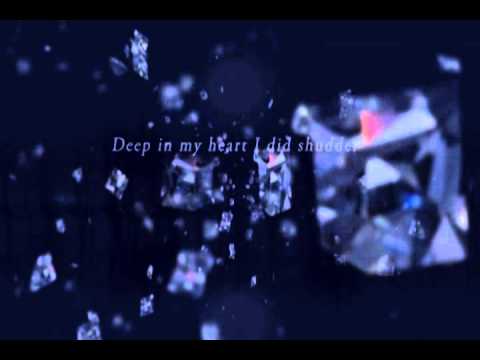
Watch this video on YouTube
Märchenerzählungen Op. 132 (3rd movement)- Vista Lirica’s performance of Robert Schumann’s FairyTales. Florian Henschell-Piano, Dirk Altman- Clarinet, Gunter Teuffel- Viola
Dealing Away the Soul, Wandering in Search of Love
“A New Year’s Eve Adventure” also makes use of the convention, made most famous by Goethe, of the man who falls in love with a beautiful woman, sells his soul to the Devil, and is doomed to wander eternally in search of his lost self. In this story, Hoffmann makes the convention a bit more complicated by using it and by making fun of it at the same time. Thus, we have a classic romantic story of the lost self, even as we have a story that burlesques the theme. This device of parodying a convention is one of the primary ways that the short story develops historically. — Charles E. May
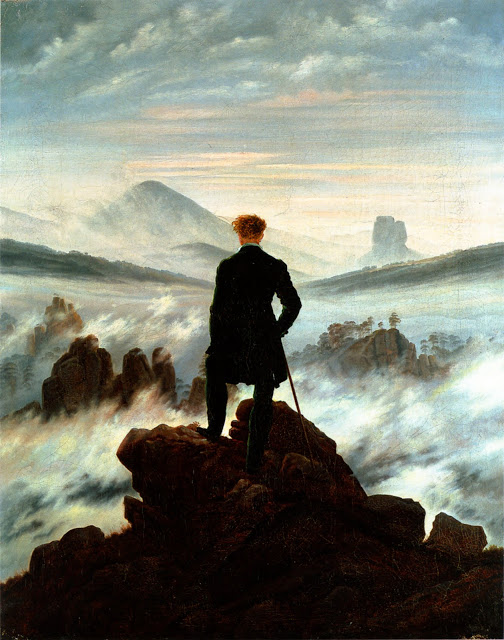

The thought of being able to stay with Giuletta appealed strongly to Erasmus. “How, how…?”
“I know a magical way to strike your enemies with blindness,” said a man in German, who had taken a seat beside him, “in short, that you will always appear to them with a different face, and they will never recognize you again. Since it is getting on toward daylight, perhaps you will be good enough to look long and attentively into any mirror. I shall then perform certain operations upon your reflection, without damaging it in the least, and you will be hidden and can live forever with Giuletta. As happy as can be; no danger at all.”
“Oh, God,” screamed Erasmus.
“Why call upon God, my most worthy friend,” asked the stranger with a sneer.
Ernst Theodor Wilhelm Hoffmann (24 January 1776 – 25 June 1822), better known by his pen name E. T. A. Hoffmann (Ernst Theodor Amadeus Hoffmann), was a German Romantic author of fantasy and horror, a jurist, composer, music critic, draftsman and caricaturist. The Romantic movement, beginning with Johann Schiller and Johann Wolfgang von Goethe in the 1780s, professed to find alternative inspiration in nature, the myths and folktales of the country of origin, and above all in the individual genius of the artist.

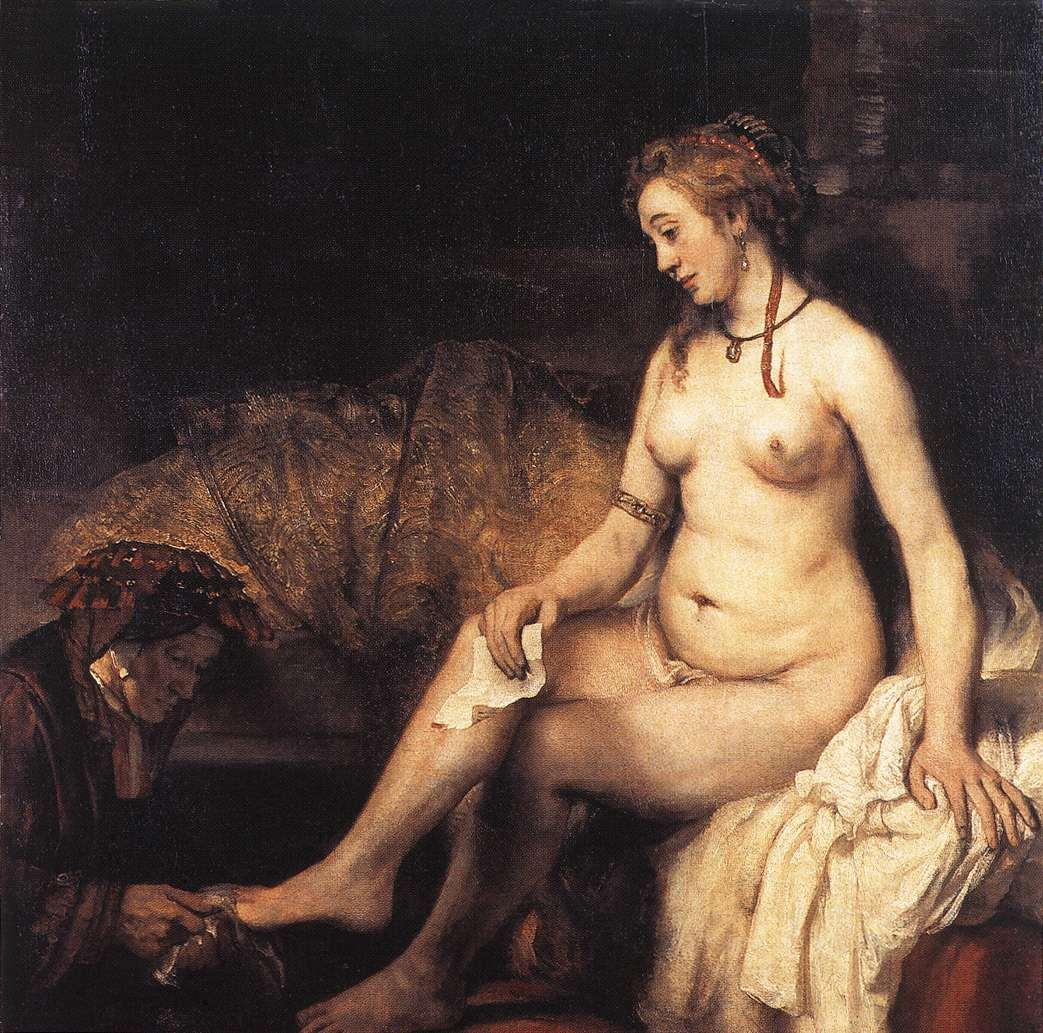




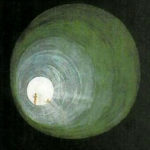
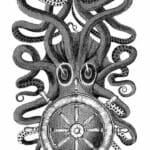






Pingback: The Nutcracker Prince Battles the King of Mice at Christmas | WilderUtopia.com
Pingback: Gogol's Vision of Metaphysical Unraveling Amid the Dark Arts | WilderUtopia.com
Pingback: "Goethe's" Sorcererer ": Power of Wisdom - Top4All
Pingback: Goethe's "Sorcerer's Apprentice": Power Over Wisdom - WilderUtopia